Cats are fascinating creatures with a rich tapestry of behaviors that captivate the interest of many. One of the most intriguing aspects of feline behavior is how they react to other animals entering their territory. For cat enthusiasts and pet owners, understanding these reactions can provide valuable insights into their pet’s world. Let’s delve into the various ways cats respond when other animals encroach on their domain.
The Territorial Instinct of Cats
Cats are inherently territorial creatures. This means they have a natural inclination to claim and defend areas they consider their own. This behavior stems from their wild ancestors, who needed to secure a territory for hunting and safety. A cat’s territory can range from a small room in a house to an entire neighborhood. When another animal enters this space, it can trigger a range of reactions, from curiosity to aggression. To a cat, their territory is their kingdom, and they act as its ruler.
Initial Curiosity and Investigation
When a new animal enters a cat’s territory, the first reaction is often curiosity. Cats are naturally inquisitive creatures, and they’ll likely approach the intruder cautiously, sniffing and observing from a distance. This initial investigation helps them gather information about the newcomer. They use their keen sense of smell to detect pheromones and other scent markers, which can reveal a lot about the intruder’s identity and intentions. This phase is crucial for the cat to assess whether the newcomer poses a threat.
Defensive Posturing
If the cat perceives the intruder as a potential threat, it may adopt a defensive posture. This includes arching its back, fluffing its fur, and hissing or growling. These behaviors are meant to make the cat appear larger and more intimidating. It’s a classic example of “fight or flight” response, where the cat is ready to defend its territory if necessary. Defensive posturing is a warning sign, telling the intruder to back off. It’s a fascinating display of feline body language, showcasing their survival instincts.
Marking Territory
To reinforce their territorial claims, cats may resort to marking their territory. This can be done through spraying urine, leaving scent marks with their glands, or scratching surfaces. Each of these actions deposits a unique scent that signals ownership. Marking serves as both a deterrent and a communication tool, informing other animals that the area is already claimed. It’s a behavior deeply rooted in their instinctual need to establish boundaries and maintain control over their domain.
Playful Interactions with Non-Threatening Animals
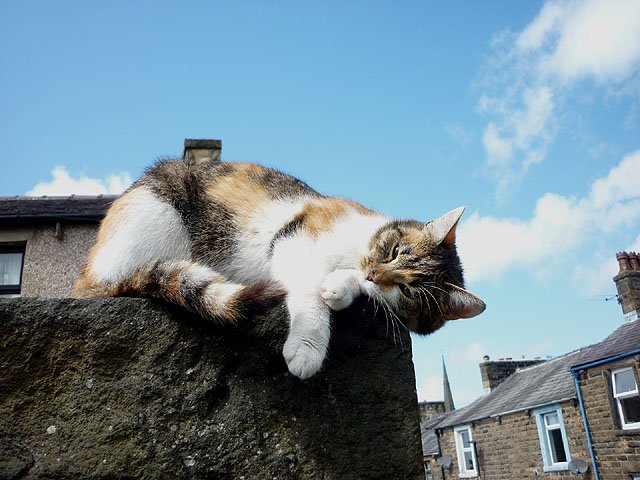
Not all animals are perceived as threats. When a cat encounters a non-threatening animal, such as a familiar dog or another cat, it may engage in playful interactions. This can include chasing, batting, or pouncing in a non-aggressive manner. These playful behaviors are a way for cats to establish social bonds and communicate with other animals. Play is an essential part of a cat’s life, providing both physical exercise and mental stimulation.
Coexistence with Familiar Animals
Over time, cats can learn to coexist peacefully with other animals in their territory. This often happens when the animals are introduced gradually and allowed to acclimate to each other’s presence. Coexistence can lead to the development of social hierarchies, where each animal understands its place within the group. Cats are capable of forming strong bonds with other animals, displaying behaviors such as grooming and sleeping together. This harmonious living arrangement is a testament to their adaptability and social intelligence.
Aggression Towards Intruders
In some cases, a cat may respond aggressively to an intruder. This is more likely to happen if the intruder is another cat or a perceived competitor. Aggressive behaviors can include swatting, biting, or chasing the intruder away. Such aggression is a territorial defense mechanism, aimed at protecting resources and maintaining dominance. Understanding these aggressive tendencies can help pet owners manage potential conflicts and ensure a peaceful environment for their pets.
Retreat and Avoidance
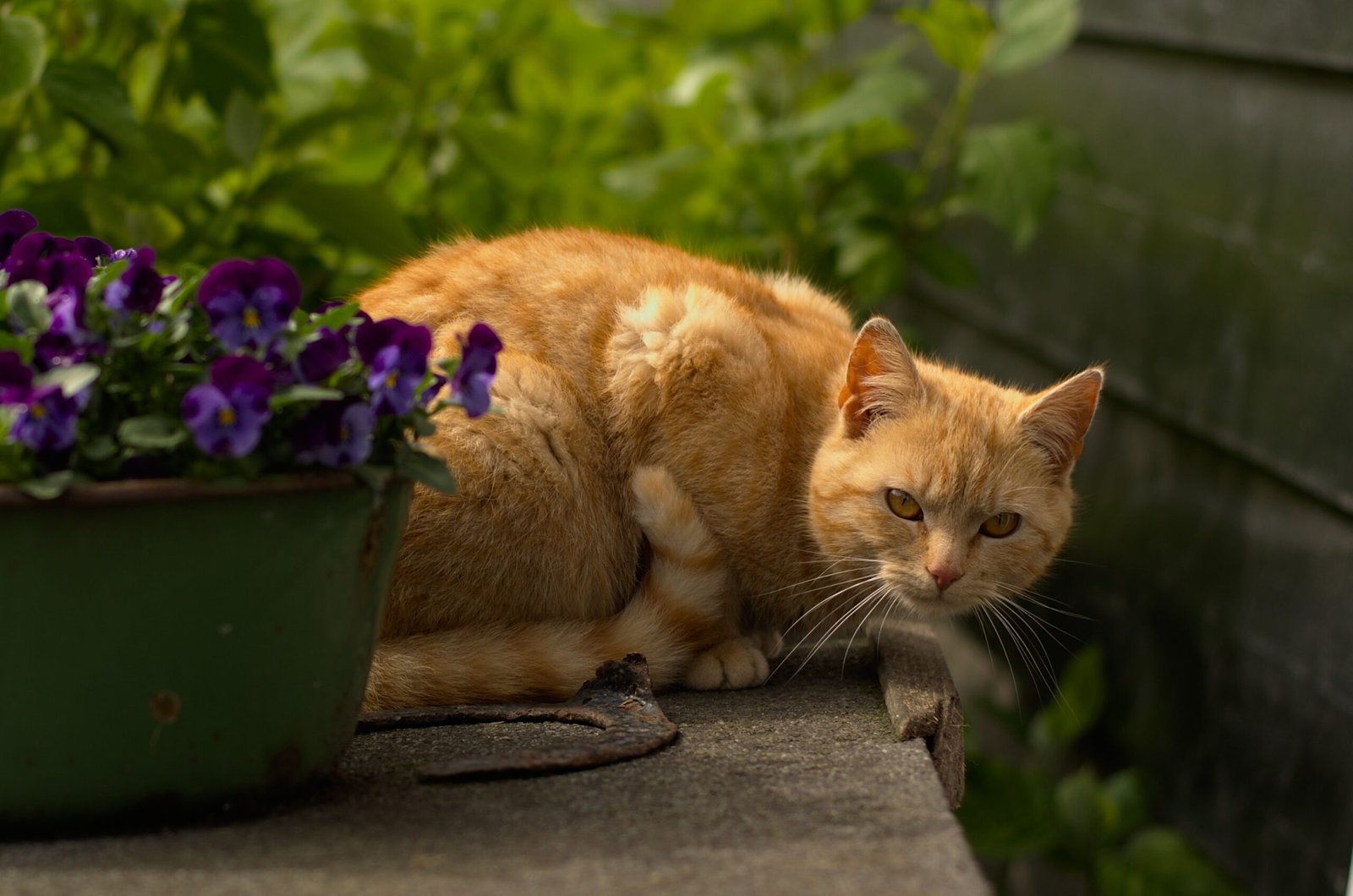
Not all cats are confrontational. In situations where the intruder is perceived as too threatening, a cat might choose to retreat. This avoidance behavior is a survival strategy, minimizing the risk of injury. Cats might hide or find a safe vantage point to observe the intruder from a distance. This cautious approach allows them to assess the situation without direct confrontation, displaying their intuitive risk management skills.
Vocalizations as Communication
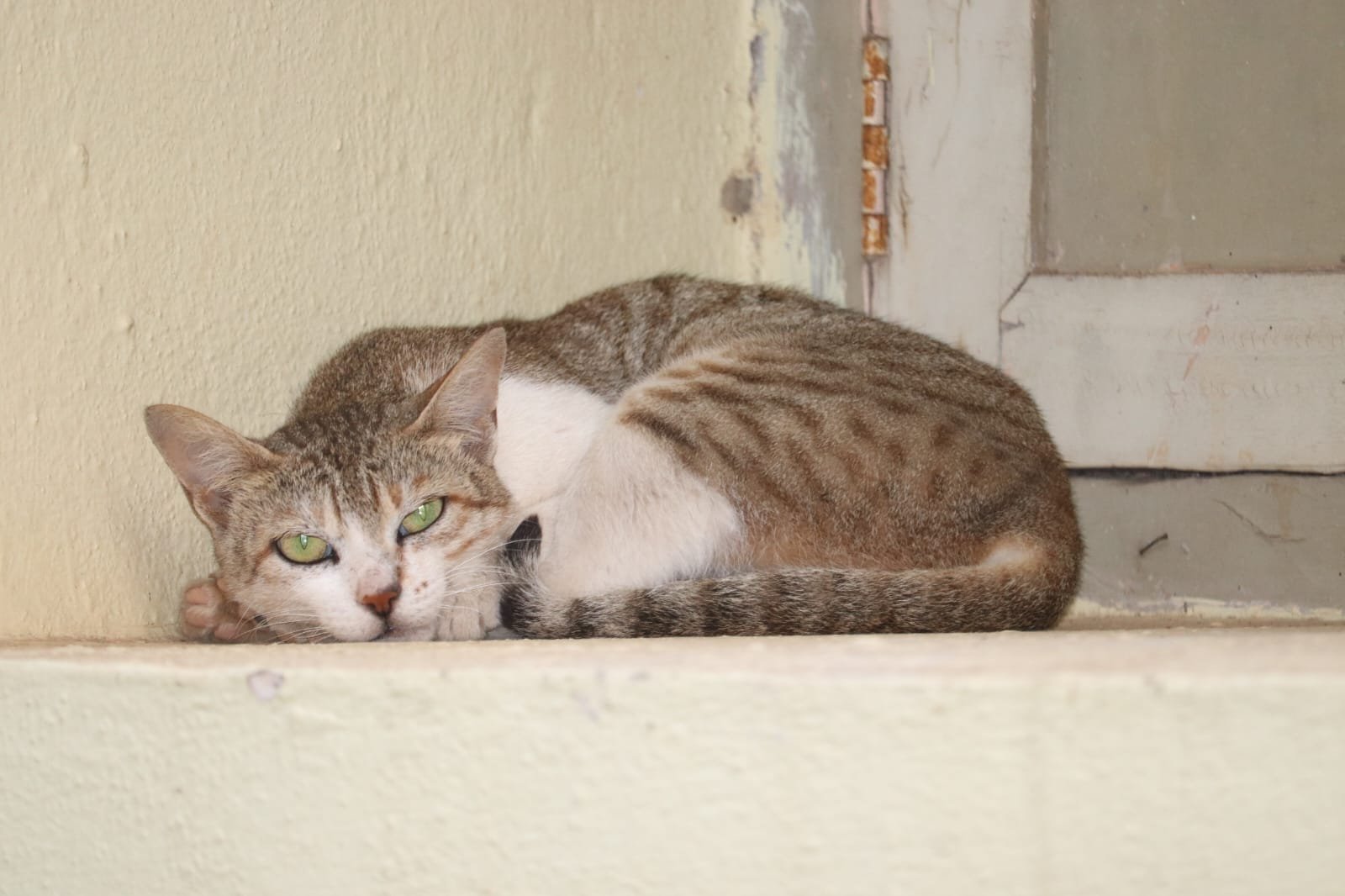
Cats use a variety of vocalizations to communicate with other animals. These can range from gentle meows to loud yowls or hisses. Each sound conveys a different message, from greeting to warning. Vocalizations are an essential part of a cat’s social repertoire, helping them express their emotions and intentions. For cat owners, understanding these sounds can provide valuable insights into their pet’s mood and reactions.
Body Language and Signals
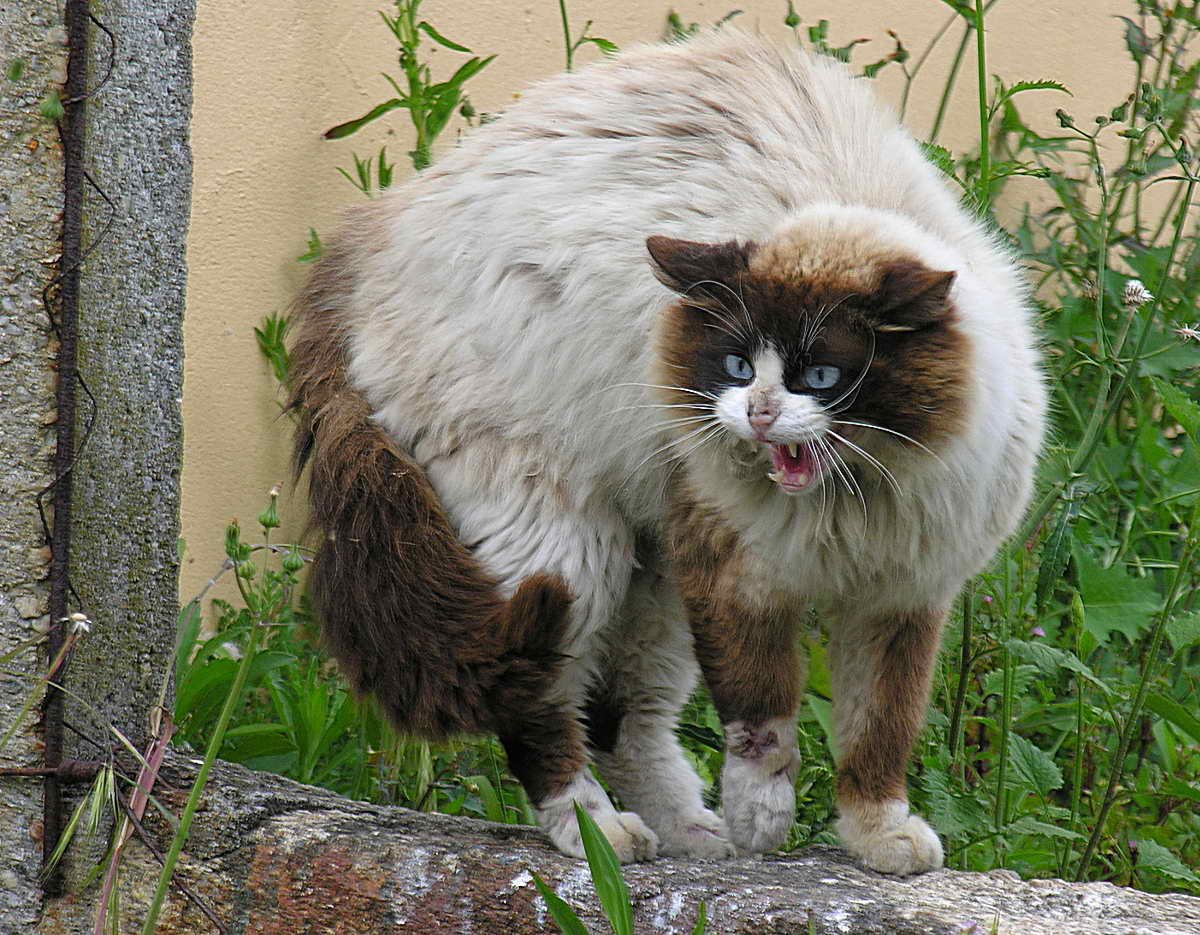
Beyond vocalizations, cats use a complex array of body language cues to communicate. These include tail positions, ear movements, and eye contact. For example, a relaxed tail indicates a calm demeanor, while a twitching tail can signal irritation. Observing these subtle signals can help pet owners interpret their cat’s reactions to other animals. It’s a silent language that speaks volumes about a cat’s state of mind and intentions.
Adapting to New Animals
Introducing a new animal into a cat’s territory requires patience and careful management. Gradual introductions and controlled interactions can help minimize stress and promote acceptance. Cats are creatures of habit, and sudden changes can be unsettling. By taking a slow and steady approach, pet owners can facilitate a smoother transition and encourage positive relationships between their pets. This adaptability is a testament to a cat’s resilience and capacity for change.
The Role of Socialization
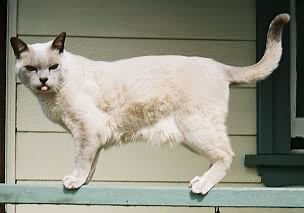
Socialization plays a crucial role in shaping a cat’s reactions to other animals. Cats that have been exposed to a variety of animals from a young age are more likely to be tolerant and accepting. Early socialization helps them develop confidence and reduce fear-based reactions. For adult cats, ongoing exposure to different animals can continue to build their social skills. It’s a lifelong process that enriches their lives and broadens their social horizons.
Recognizing Stress Signals
It’s important for cat owners to recognize signs of stress when their pet encounters other animals. Stress signals can include excessive grooming, changes in eating habits, or hiding. Addressing these signs promptly can help prevent behavioral issues and ensure the cat’s well-being. Understanding a cat’s stress triggers is key to providing a supportive environment where they feel safe and secure.
Environmental Enrichment

Providing environmental enrichment can help cats cope with the presence of other animals. Enrichment activities, such as interactive toys or puzzle feeders, can distract and engage them. Creating safe spaces, like cat trees or hideaways, allows them to retreat when needed. These measures can reduce stress and promote positive interactions with other animals. Enrichment is an essential aspect of feline care, enhancing their quality of life and overall happiness.
The Impact of Previous Experiences
A cat’s past experiences with other animals can significantly influence its reactions. Positive experiences can lead to acceptance and curiosity, while negative encounters may result in fear or aggression. Understanding a cat’s history can provide valuable context for their behavior. With time and patience, it’s possible to reshape negative associations and foster more positive interactions. This understanding is a cornerstone of compassionate and informed pet ownership.
The Influence of Breed and Personality
A cat’s breed and personality can also play a role in how they react to other animals. Some breeds are more sociable and tolerant, while others may be more territorial and independent. Personality traits, such as confidence or timidity, can influence their interactions. Recognizing these individual differences can help pet owners tailor their approach to meet their cat’s unique needs. It’s a testament to the diversity and complexity of feline behavior.
The Importance of Routine
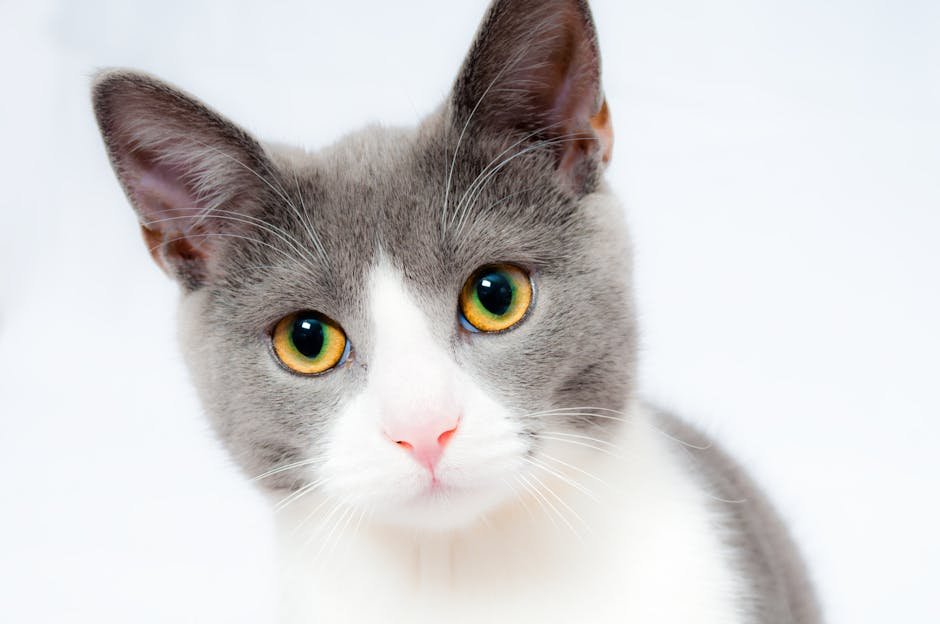
Maintaining a consistent routine can help cats feel secure and reduce anxiety when other animals are present. Predictable feeding times, play sessions, and resting periods provide structure and stability. A routine helps cats anticipate changes and adapt more easily to new situations. For pet owners, establishing a routine is a simple yet effective way to support their cat’s emotional well-being. It’s a foundation for building trust and harmony in a multi-pet household.
Signs of Acceptance and Friendship
When a cat begins to accept another animal, there are clear signs of friendship. These can include grooming each other, playing together, or resting in close proximity. Such behaviors indicate a level of comfort and trust between the animals. For pet owners, witnessing these moments of camaraderie is rewarding and heartwarming. It reflects the potential for positive relationships and mutual respect among different species.
Managing Conflicts and Promoting Peace
Occasional conflicts are inevitable when animals share a territory. However, pet owners can take steps to manage these conflicts and promote peace. Providing separate resources, such as food bowls and litter boxes, can reduce competition. Supervised interactions and positive reinforcement can encourage desired behaviors. By fostering a peaceful environment, pet owners can help their animals coexist harmoniously and enjoy a fulfilling life together.
Understanding how cats react to the presence of other animals in their territory is a journey filled with discovery and learning. Each cat is unique, and their responses are shaped by a combination of instincts, experiences, and personality. By observing and respecting these reactions, pet owners can create a nurturing and harmonious environment for their feline companions.
Hi, I’m Bola, a passionate writer and creative strategist with a knack for crafting compelling content that educates, inspires, and connects. Over the years, I’ve honed my skills across various writing fields, including content creation, copywriting, online course development, and video scriptwriting.
When I’m not at my desk, you’ll find me exploring new ideas, reading books, or brainstorming creative ways to solve challenges. I believe that words have the power to transform, and I’m here to help you leverage that power for success.
Thanks for stopping by, Keep coming to this website to checkout new articles form me. You’d always love it!





